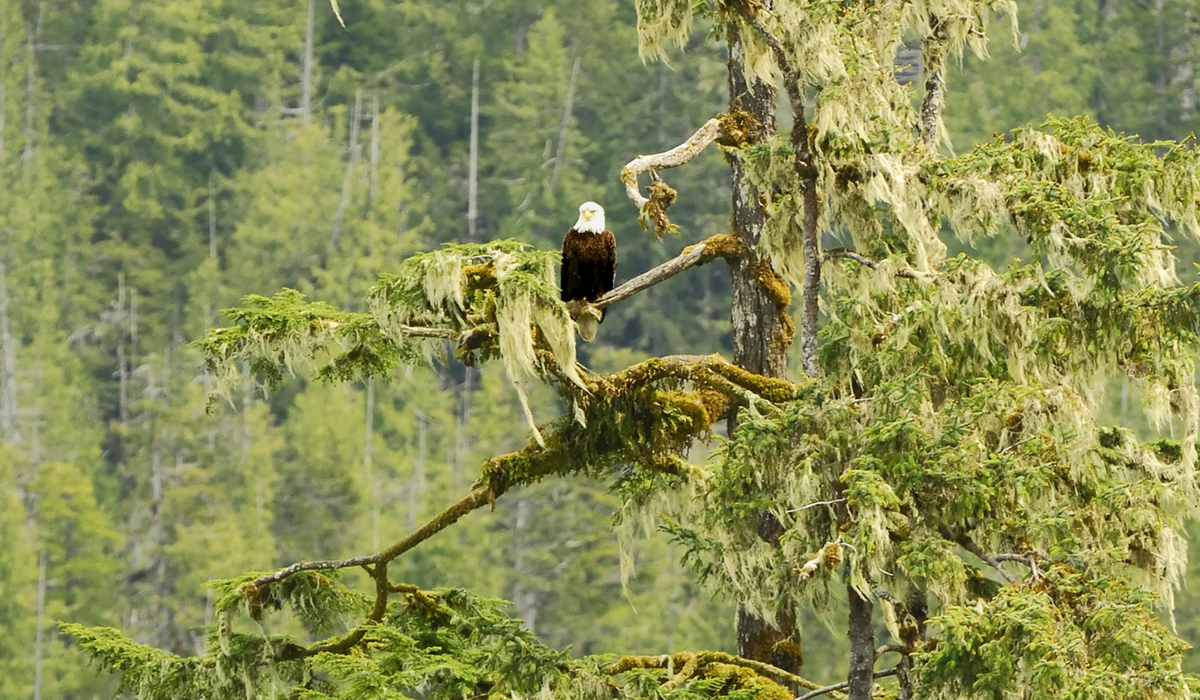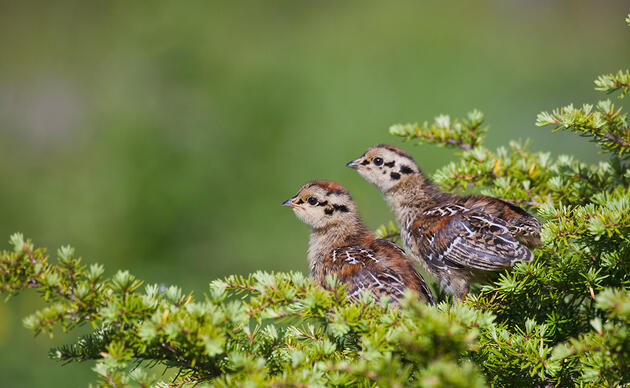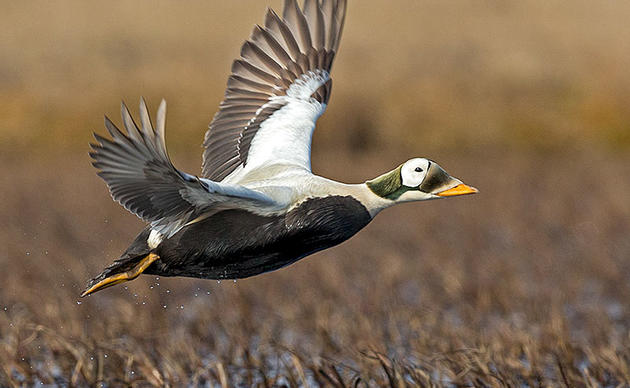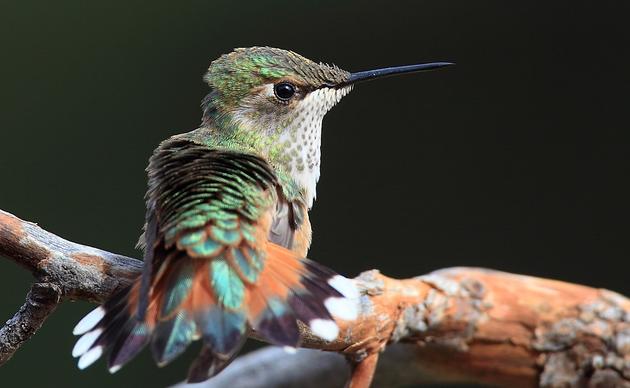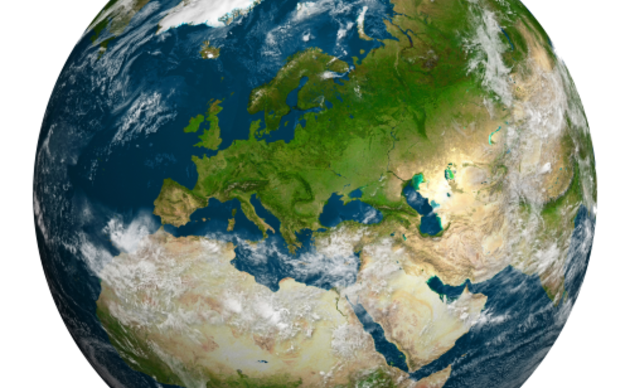Audubon played a prominent role in the formation of the 49,000-acre Chilkat Bald Eagle Preserve, created in 1982 to protect Bald Eagles, salmon, and their essential habitats “in perpetuity.” The preserve lies along the Chilkat River near Haines and Klukwan, Alaska. It is known for one of the largest congregations of Bald Eagles in the world, which gather each fall to take advantage of a late salmon run and a spring-fed section of river that stays ice-free longer than other areas.
Threatened by logging and a proposed mine, Audubon sent biologists Erv Boeker and Andy Hansen to conduct eagle research in 1979. Study findings were used to educate a diverse 15-member stakeholder group composed of miners, loggers, conservation interests, and state and federal agencies, that finally signed off on protections for eagles and salmon, and at the same time agreed to create the much larger surrounding Haines State Forest for more intensive uses.
The area is now also designated the Chilkat Bald Eagle Preserve Important Bird Area, based on the large number of Bald Eagles in the fall as well as nesting Trumpeter Swans in the summer.
While Audubon is proud to have played an instrumental role in preserve formation, there is concern that the current management falls short of the spirit and intent of the 1982 legislation. Audubon has received reports of decreased agency interest in oversight, and a decline in research and management programs for eagles and salmon. Current threats include commercial jet boat tours that likely cause considerable erosion and disruption of high-value salmon habitat, potential threats from a proposed highway re-alignment project, upstream mineral exploration of a high sulfide ore body that if developed would likely cause downstream acid mine drainage, and proposed hydro development in the Chilkoot Unit of the preserve.
As Boeker articulated last century, “The water and the salmon are the keys to the whole valley.” Intensive human uses in high-value salmon spawning and rearing habitat, whether it be mines, roads, hydro development, or large, highly-powered commercial jet boat tours, will weaken salmon runs and impact eagles, and conflict with legislation written to keep such impacts from harming preserve resources.
In 2023, the Audubon Science Division applied the Migration Passage Analysis to an 18,100-hectare study area in the Chilkat Bald Eagle Preserve IBA. The “Importance of the Chilkat Bald Eagle IBA Region to Migratory Birds” report states that 18 species demonstrating greater than or equal to 1% of the total North American population moving through the area. Read more about the report, as well as the beauty, biodiversity, and cultural significance (plus threats to) the Chilkat Valley.
Learn about the proposed Palmer Mine, a project that could pollute the Chilkat Bald Eagle Preserve's salmon-rich waterways, putting at risk the raptors—and people—that depend on the fish.
Related
A Big Win for the Chilkat Valley
DOWA, a Japanese smelter company and major funder of the proposed Palmer Mine, has pulled out of the project!
Mining Could Pollute Alaska’s Chilkat Valley. A Tribe and Local Groups Defend their Way of Life
Inside the fight for the watershed with the Chilkat Indian Village of Klukwan, residents in Haines, and Audubon Alaska.
The Importance of the Chilkat Bald Eagle Preserve IBA to Migratory Birds
One small study area in Southeast Alaska shocked the Audubon Science Division: The Chilkat Valley is a major migration passage for many Alaska birds.
How you can help, right now
Donate to Audubon
Help secure the future for birds at risk from climate change, habitat loss and other threats. Your support will power our science, education, advocacy and on-the-ground conservation efforts.
1% for the Planet
We are proud to be part of the 1% for the Planet network. If you own a business, please consider joining 1% for the Planet to support Audubon Alaska’s conservation efforts.

